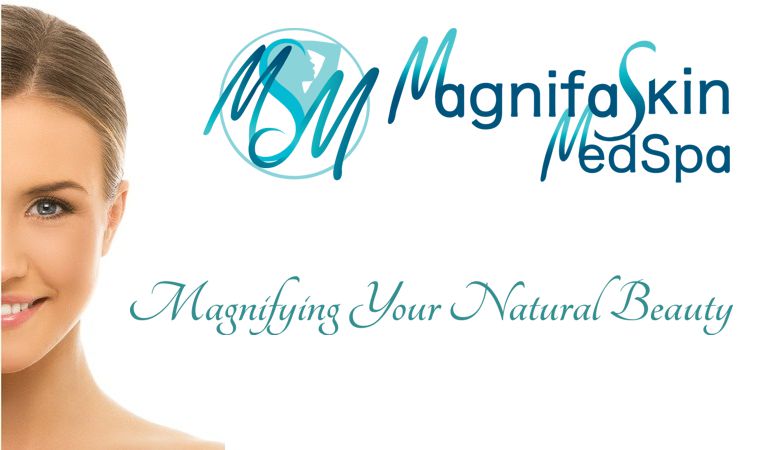PRP Skin Rejuvenation
The Science of Rejuvenation

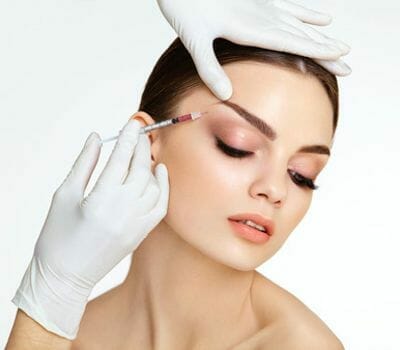
PRP skin rejuvenation involves withdrawing a small amount of your own blood and spinning it in a centrifuge to separate the plasma from the red blood cells. This plasma is loaded with platelets – and they’re yours so there’s no risk of your body rejecting them. The plasma is then injected under your skin where all those little guys get to straight to work.

Be the first to know about new Specials, and blog posts with valuable free information on skin care, beauty and wellness. Sign up below and you'll receive an email notice of new specials as well as new posts. You can unsubscribe at any time.

PRP, or Platelet Rich Plasma, can work wonders for our skin. But how? What is the procedure and how does it work?
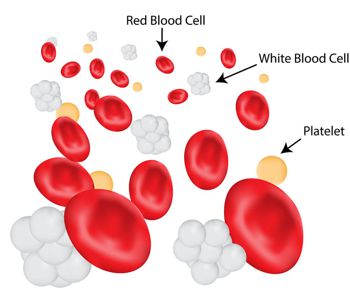
Platelets are small plate-shaped cells that are responsible for healing wounds. They are rich in growth factors.
First, we need to know what platelets are and what they do. Unlike our red blood cells, which are actually quite large microscopically speaking, and which have cell nuclei that contain DNA strands, platelets are very small and have no nuclei. This doesn’t mean they’re unimportant though. Far from it. Platelets are essential and one of the most common cells in our bodies.
When we get a cut, platelets gang together and cause the cut to clot. So named because of their plate-like shape, you can find between 150 to 450 thousand of these little guys in a single microliter of blood. A microliter is very small. There are about 50 of them in a single drop of water. This should give you an idea of the huge number of platelets we have in our body. Now that I’ve boggled your mind with that image, how do they work?
How Do Platelets Work?
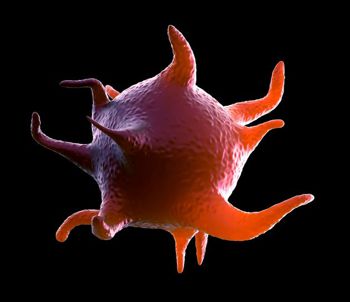
A 3D rendering of an active platelet. They transform into little octopuses!
Remember that they’re shaped like little plates? That’s only in their non-active form, when they’re just floating around inside us, chilling. But when they receive a signal from a damaged cell, they travel to the area and transform. They grow long tentacles and in that state look more like an octopus. These tentacles help them to stick to the damaged area and each other to form a healing ‘net’. They get help sticking together from a naturally occurring protein produced by the cell walls.
As they form this healing net, they are also producing a special protein called fibrin. This fibrin, combined with dead blood cells, is what forms scabs. While we might think of scabs as unsightly, they are actually our bodies’ naturally occurring band-aid. They seal the wound and protect from infection while the skin underneath heals.
So What Does Any of This Have to do Skin Rejuvenation?
PRP skin rejuvenation involves withdrawing a small amount of your own blood and spinning it in a centrifuge to separate the plasma from the red blood cells. This plasma is loaded with platelets – and they’re yours so there’s no risk of your body rejecting them. The plasma is then injected under your skin where all those little guys get to straight to work. But what are they actually doing?
In addition to their octopus transformation trick, platelets are absolutely loaded with growth factors. These stimulate collagen and elastin production directly beneath our skin. Collagen and elastin are responsible for firming our skin and for allowing it to ‘snap’ back in place after being stretched. It’s reduced amounts of these essential proteins that cause our skin to wrinkle and sag as we age. By stimulating new production, we actually turn back the clock on the aging of our skin.
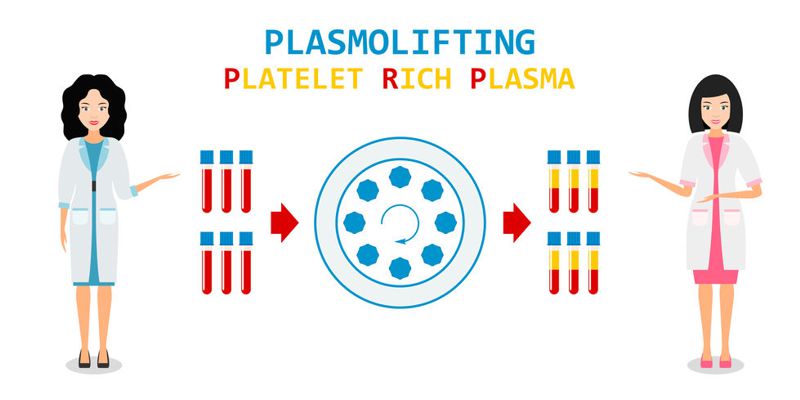
To obtain plasma, we spin a small amount of your blood in a centrifuge. This separates out the heavier red blood cells from the platelet rich plasma.
How Dramatic are the Results?
As with all procedures, results will vary by patient. This is because all of our bodies are different. We have slightly different chemical balances and concentrations of essential nutrients. In most people the platelets stay in place for a long time, working their magic. For an unfortunate few, the body may flush them away, or simply not respond to the increased levels of collagen or elastin.
For most, though, you can expect to see at least some of the following effects and possibly all of them:
- A visible reduction in wrinkles and fine lines
- A visible reduction in frown lines and the lines around the mouth and nose
- Smoother, plumper skin
- Greater cheek volume
Some patients also notice a reduction in acne scars, fewer and less severe acne breakouts, and faster healing when breakouts do occur. Many also report that their skin glows for months after a treatment. The glow isn’t an illusion, either. It’s due to the smoothing of the skin, which means that it reflects light better.
How Long Will It Last?
This also varies by patient. For some, the effects can wear off in as little as 3 months. For others, treatments may only be required every 6 to 9 months to maintain smoother, younger skin.
How Long Does it Take to Heal?
A few days. For the first 24 hours after a treatment you can’t wear makeup. Your skin may be anything from light pink to beet red while it heals. After a few days, though, not only will your skin heal but you’ll begin to see the effects of this amazing treatment.
What About Side Effects?
The only side effect that most people may experience might be some light bruising. Other than the discoloration while your skin heals, though, most patients experience no side effects at all.
Does It Hurt?
We use an anesthetic which will numb your skin. There may be some slight discomfort during the treatment, but pain will be minimal.

